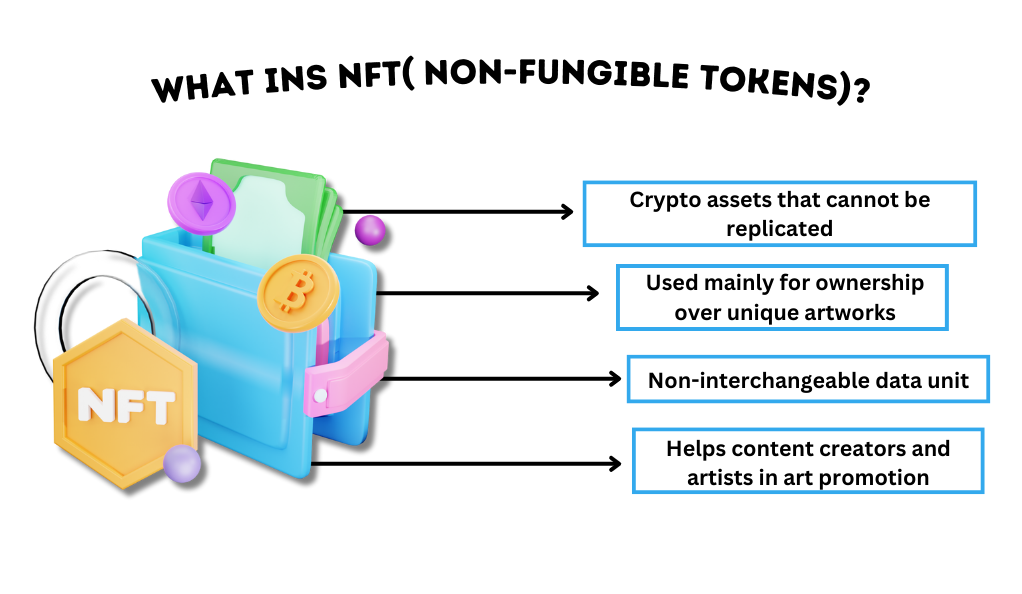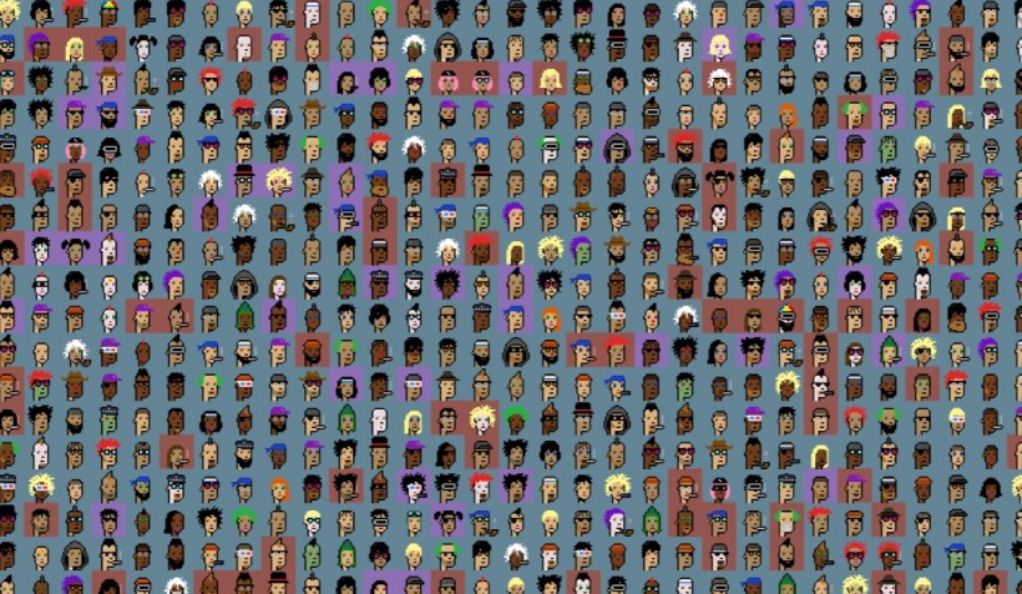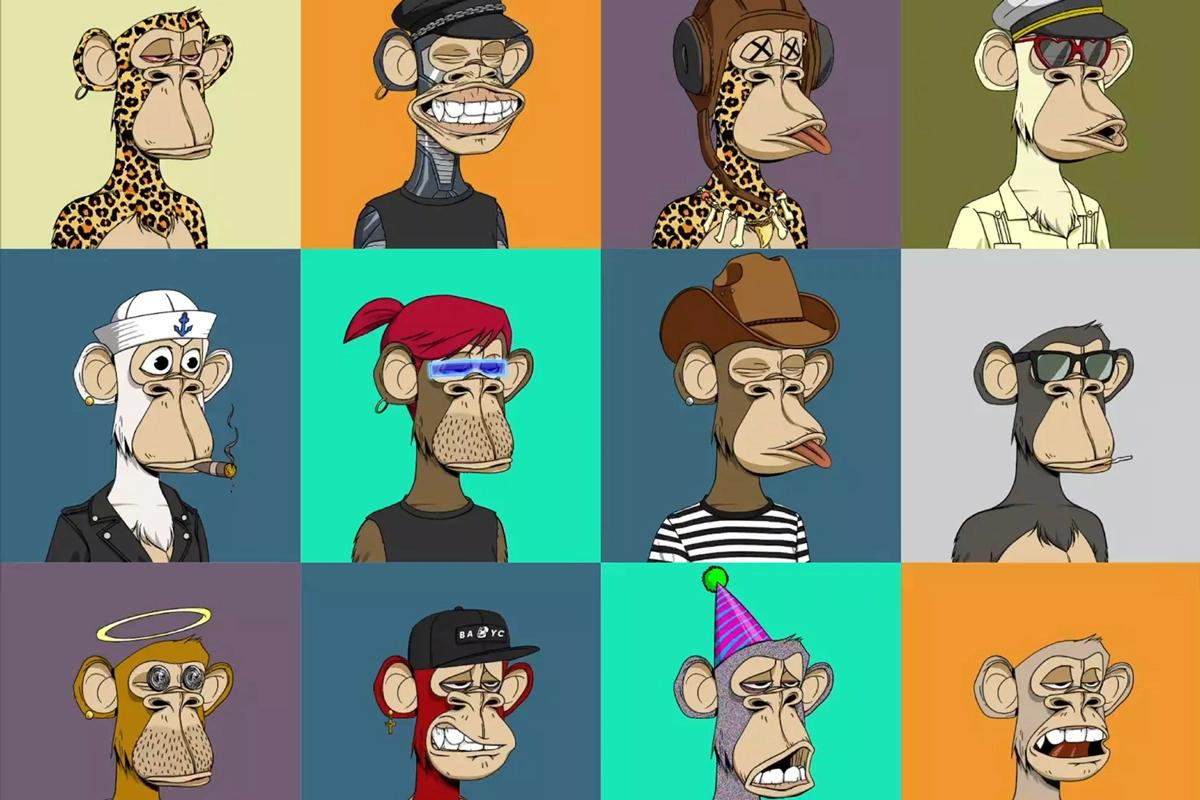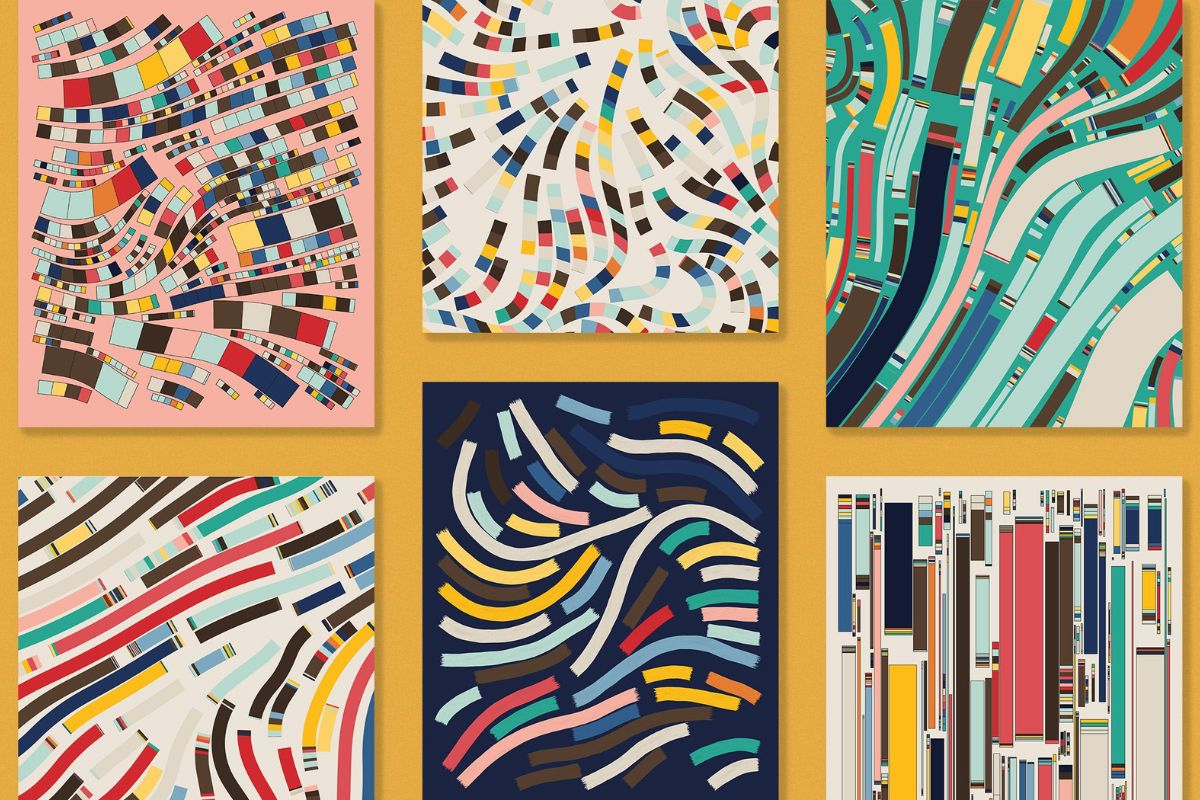Ah, the world of digital assets! Have you ever stopped to wonder about the evolution of non-fungible tokens (NFTs)? These unique digital assets have transformed our understanding of ownership in the online space, reshaping how creators and collectors interact in the virtual world.
What is NFT?
NFT stands for Non-Fungible Token. Think of it as a unique digital certificate, almost like a one-of-a-kind collectible card, but in the digital realm. Unlike regular cryptocurrencies like Bitcoin or Ethereum where each unit is identical, each NFT is distinct, signifying its unique nature and value in the vast digital ecosystem.
Brief History of NFTs
The concept of NFTs has been around for a while. Do you remember the colorful virtual cats called CryptoKitties that took the internet by storm in 2017? Yep, that’s where many people first heard about NFTs. As a groundbreaking project, CryptoKitties highlighted the potential of blockchain technology in representing and confirming the authenticity of digital collectibles.
Why NFT Collections Grew in Popularity
The allure of NFTs isn’t just about being unique. There’s more to the story. From artists seeking innovative platforms to showcase their work, to collectors looking for the next big thing, the NFT space has been buzzing with activity and excitement.
- Digital Ownership: In an age where everything is digital, NFTs offer a way for individuals to truly own a piece of digital art or a collectible. It’s like owning an original painting in the digital world. This sense of ownership transcends traditional boundaries, allowing for a new era of digital property rights.
- Art and Collectibility: Many NFTs are digital art pieces. Artists and creators found a new platform to showcase their work and gain recognition. Remember the excitement of collecting something rare as a kid? NFTs bring that experience online, rejuvenating the joy of collection and discovery in a digital landscape.
Iconic NFT Collections Over Time
Several collections have stood out in this booming market. Each tells a story, and each has a unique place in the annals of digital art history.
Cryptopunks
Arguably the most iconic, Cryptopunks are 24×24 pixel art images that have become symbols of the NFT revolution. These quirky, pixelated characters paved the way for a slew of other NFT projects. Did you know some have sold for millions?
Bored Ape Yacht Club
A more recent sensation, these hand-drawn apes not only act as art but also as a membership card for an exclusive club. Each ape has its personality and style, making them not just collectibles but also a status symbol in the NFT community.
Art Blocks
Generated on-the-fly using algorithms, Art Blocks are unique because no two pieces are ever the same. It combines the world of art and technology in an elegant dance, pushing the boundaries of generative art and its potential in the NFT market.
The Transformation of NFT Collections
Just as art evolves over time, so do NFT collections. The adaptability and flexibility of the medium have seen it transition through various phases, influenced by both internal dynamics and external market forces.
Evolving Market Dynamics
As more people understand and embrace NFTs, the dynamics of what’s popular and what’s valuable change. This ever-evolving landscape keeps artists, developers, and collectors on their toes, pushing the boundaries of creativity and value.
Technological Advancements
From simple pixel arts to intricate virtual realities, the technological leaps in the NFT space are astounding. With each advancement, the scope for what can be created and how it’s perceived by the audience expands, painting a vibrant picture of the future..
The Future of NFT Collections
NFTs are here to stay, but where are they headed? As a fusion of art, technology, and commerce, the prospects seem limitless.
Upcoming Trends: From virtual real estate to fashion, NFTs are expanding beyond art. Virtual fashion shows, NFT-based music albums, and even interactive gaming skins—there’s so much on the horizon. Who knows, maybe someday you’ll wear an NFT dress to a virtual party or attend a concert in an NFT-built arena!
Potential Challenges: But with growth come challenges. The authenticity of art, the environmental concerns tied to blockchain technology, market oversaturation, and the need for standardized regulations are some of the hurdles the NFT world will need to navigate in the coming years.
Conclusion
NFTs have truly transformed the way we see and own digital art. Their meteoric rise, the stories of iconic collections, and the potential future trajectories paint a narrative that’s as colorful as the digital art pieces themselves. As we look ahead, one thing is clear: The NFT journey has just begun, and it’s shaping up to be a masterpiece in its own right.
FAQs
- What is the most expensive NFT sold?
As of this article’s last update, Beeple’s artwork “Everydays: The First 5000 Days” holds that title, selling for $69 million! - Can anyone create an NFT?
Absolutely! With the right platform and a piece of digital art, anyone can mint their own NFT. - Are all NFTs expensive?
Not at all. While some fetch high prices, many are affordable and accessible. - How do I store my NFTs?
NFTs are stored in digital wallets, much like cryptocurrencies. - Are NFTs environmentally friendly?
It’s a hot topic! Some NFT platforms consume significant energy, but many are working towards more sustainable solutions.




